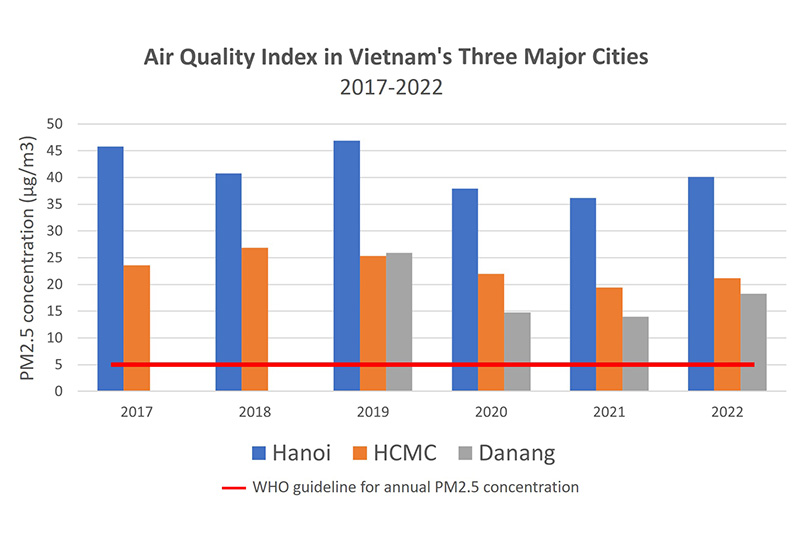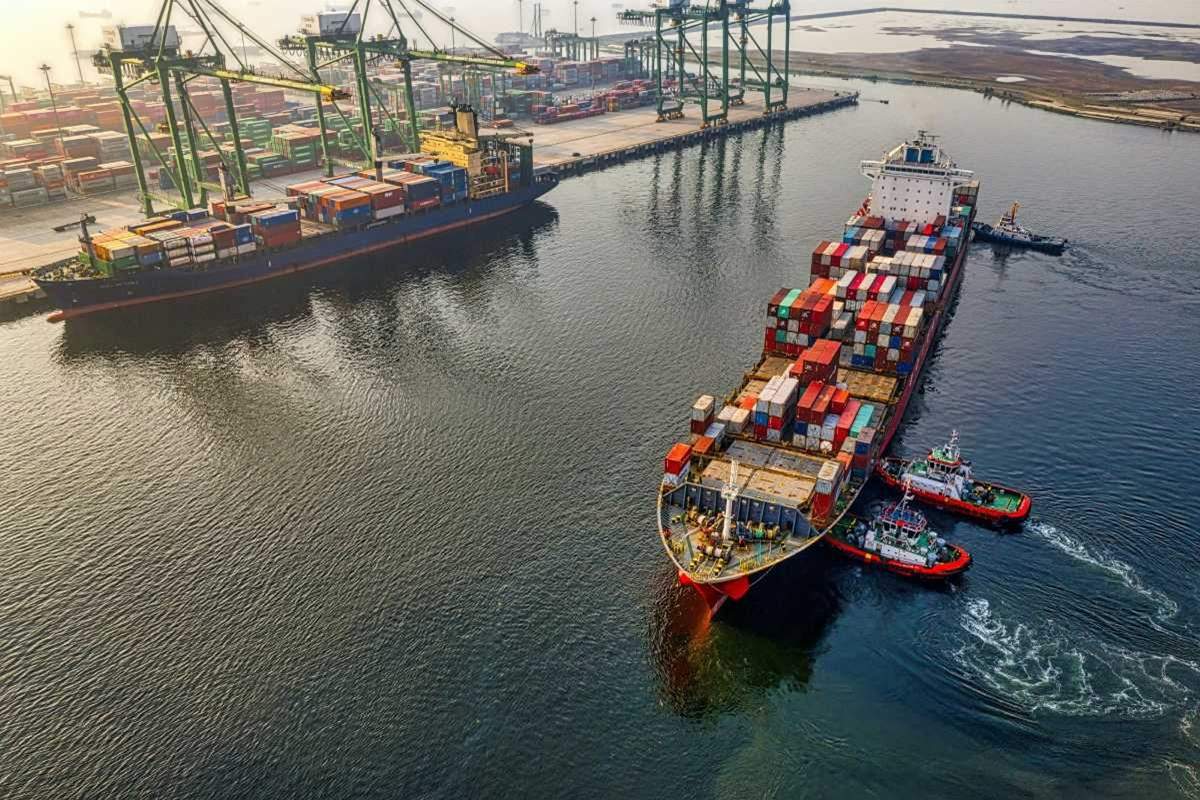Professor Baulch said that this ranking appears to be the result of three main factors.
First, the greater concentration of heavy industry, such as chemicals, steel and machinery, in northern Vietnam. In contrast, southern and central Vietnam have focused more on light industrial and high-technology products.
Second, the power generation mix in northern Vietnam is much more reliant on coal than in southern and central Vietnam, where wind and solar power are abundant.
And third, the climate and geography of northern Vietnam traps more particulate matter (PM) than that in central or southern. It is cold rather than hot air that traps PM, especially in locations such as the Red River delta where wind is less strong than regions close to the coast or mountains. So, air quality is worse during the winter months in the North.
To support the improvement of the country’s air quality, Professor Baulch suggested the share of power generated by coal, which is over 30%, needs to be curtailed.
“Much of Vietnam’s air pollution problem is due to its heavy reliance on electricity generated by coal,” he said.
“While ‘clean coal’ is not probably a realistic option, the retrofitting of coal fired power station and other heavy industrial plans could reduce their carbon footprints substantially.”
Progress toward more generation of renewable energy also needs to be speeded-up, said Professor Baulch. “While Vietnam’s commitment to achieve net zero by 2050 is commendable and now enshrined in law, its actions now need to match its commitments.”
“Even though the draft eighth Power Development Plan has scaled up the share of energy to be generated by renewables by 2030, feed-in-tariffs for solar power have been halted, tariffs for on-shore wind-generation cut, and heavy reliance is still placed on gas-fired power stations in the medium term.
Professor Baulch said Vietnam’s demand for energy, which is currently growing at 10% to 12% per annum, needs to be moderated.
“More energy efficient buildings and cleaner production processes, greater use of electric vehicles and urban public transit systems, improving the transmission network, investing in clean storage technologies, smart planning of cities, and urban greening, all have important roles to play here.”
Professor Baulch emphasised: “The costs of greening Vietnam’s growth will not be small. Last year, the World Bank estimated that 6.8% of GDP would be needed to decarbonise Vietnam’s future growth while making it resilient to climate change. For the sake of our children’s health and future climate security, this is a price tag that is well-worth paying”.
Story: Ha Hoang






